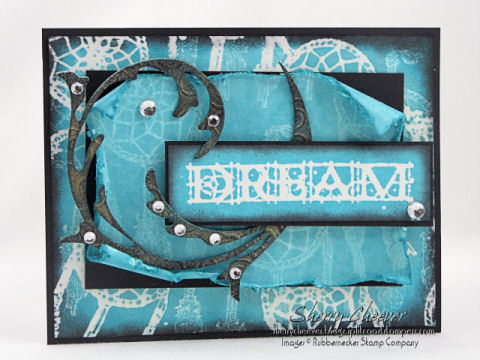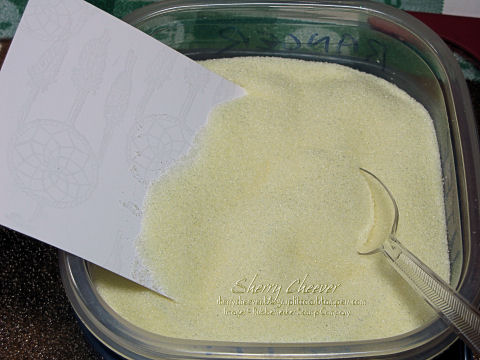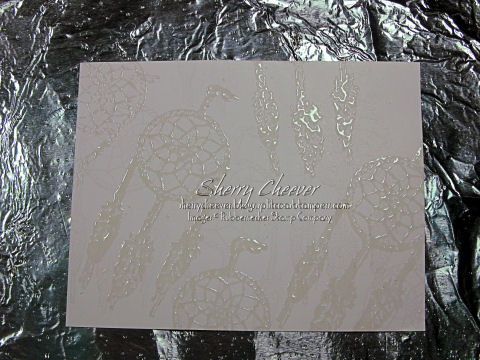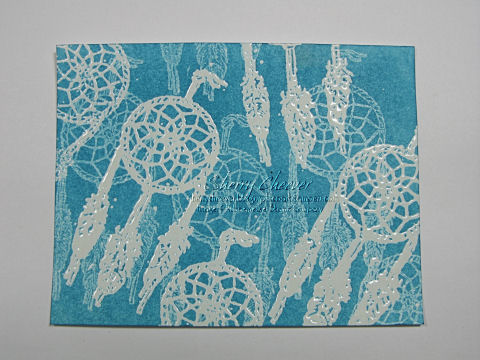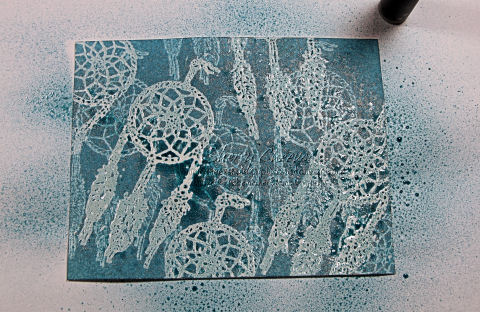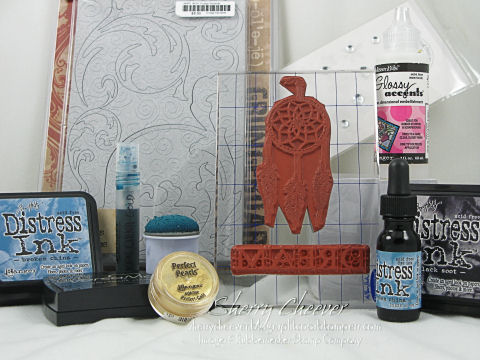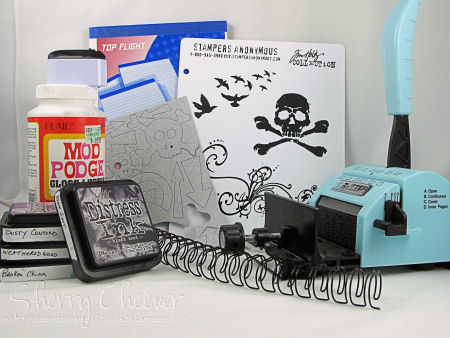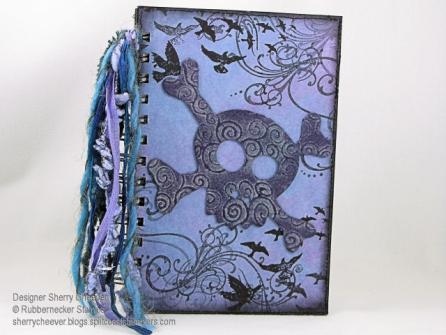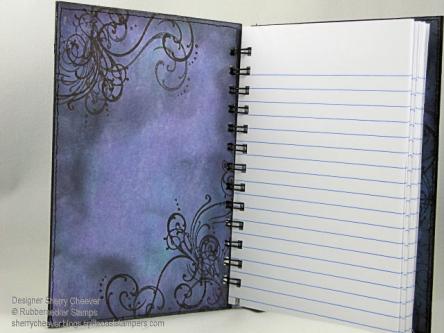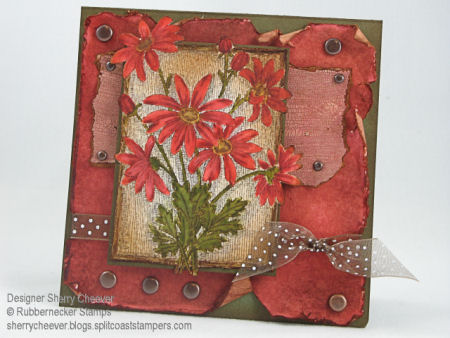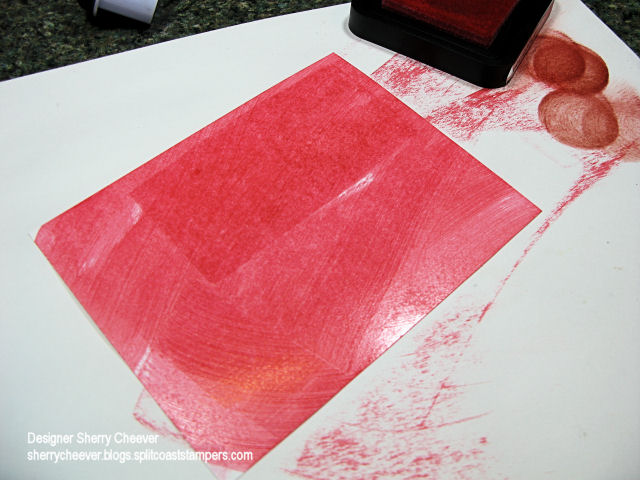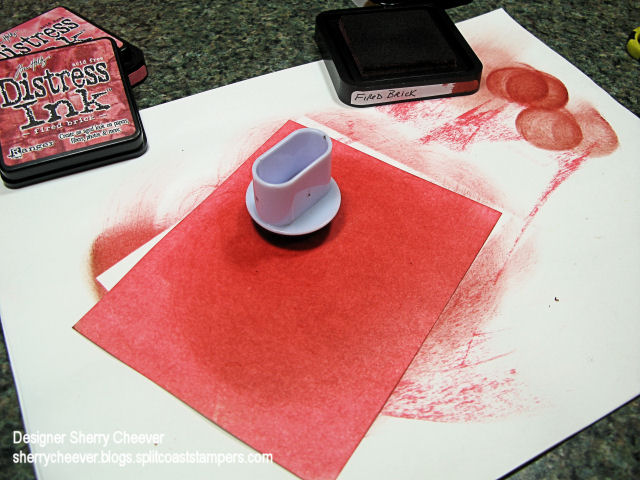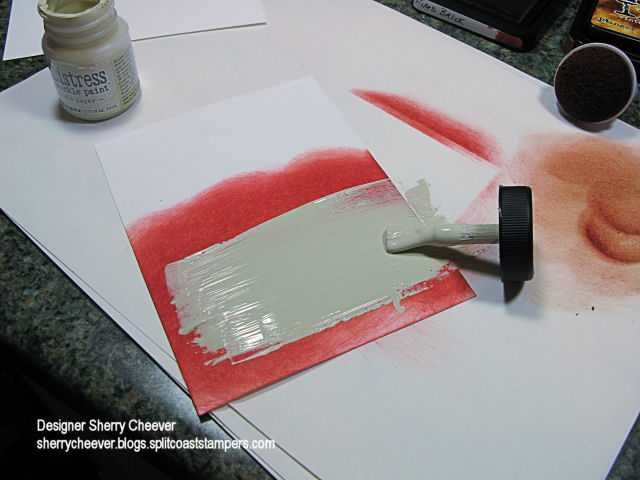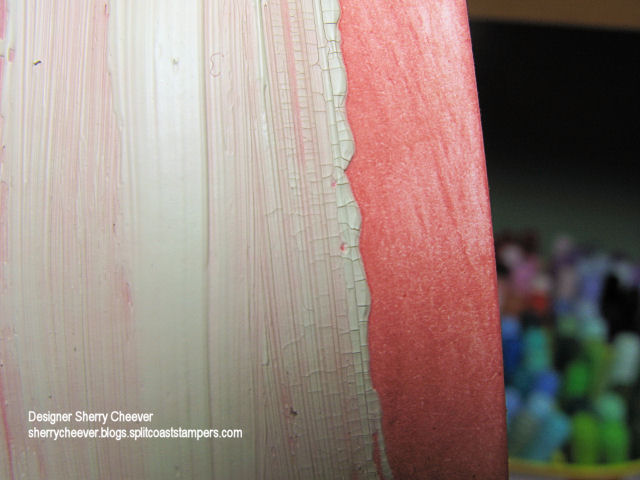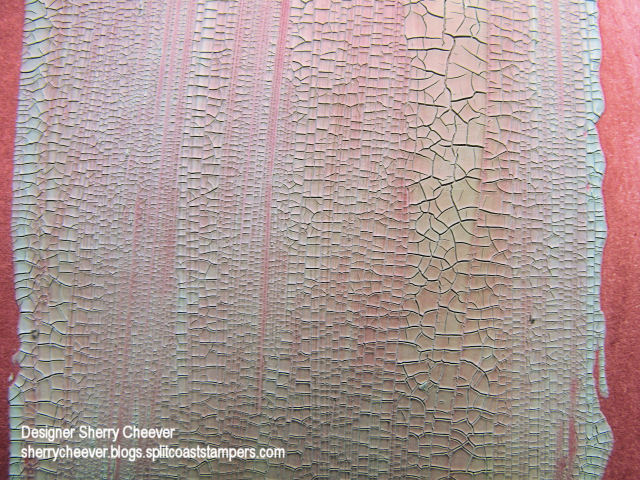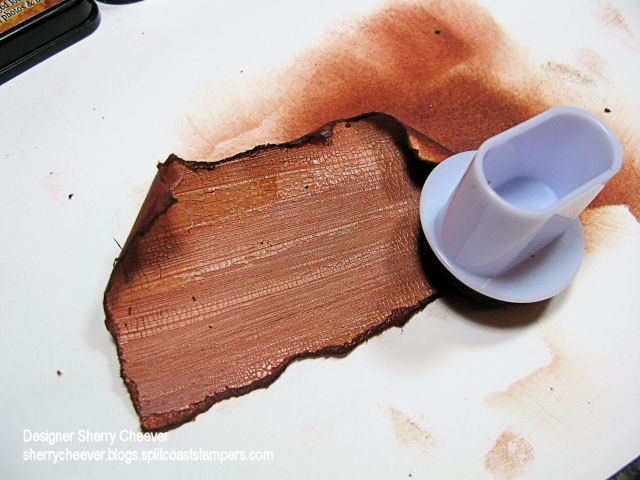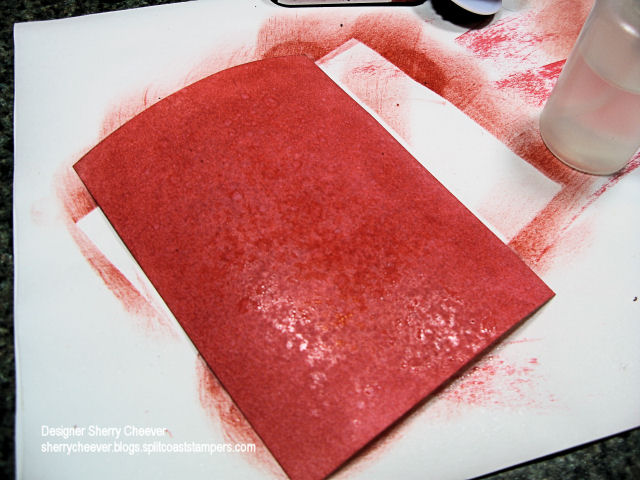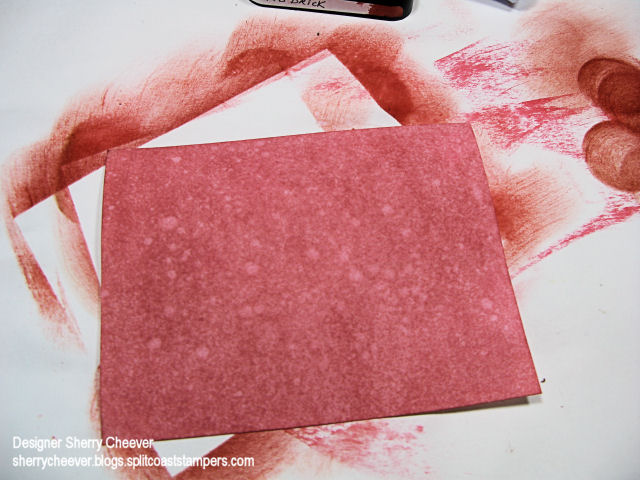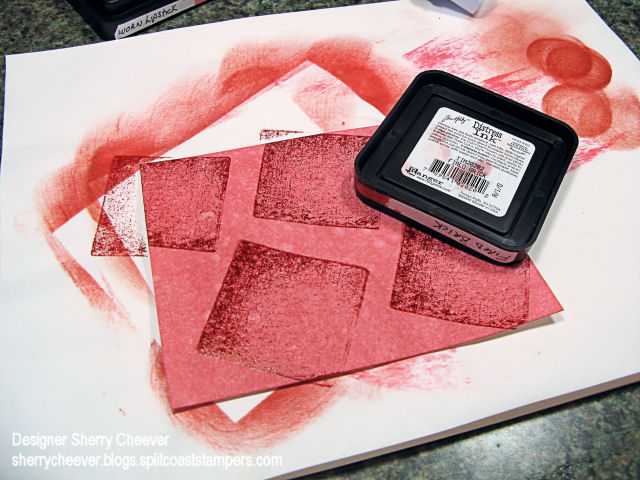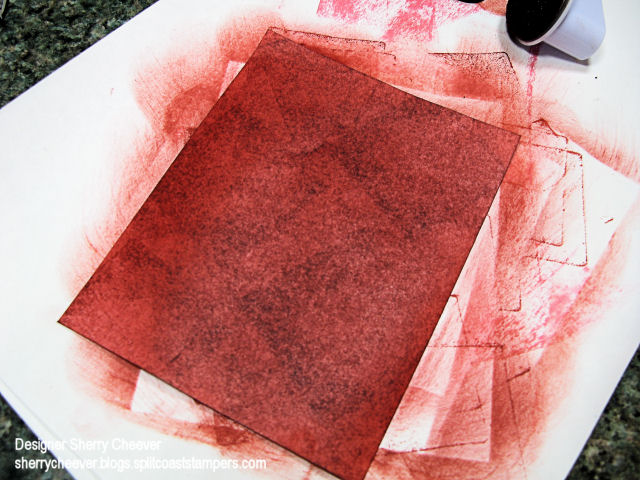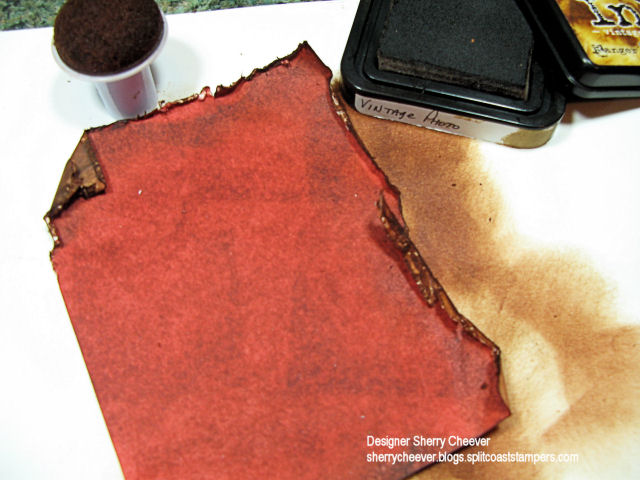Ahoy ye mateys!  It’s TREASURE HUNT TUESDAY @ RUBBERNECKER. The Treasure if you find it, will be a free image. However, to receive the Treasure a purchase of any size is required, and your treasure must be claimed between 4:00 am PST until 9:00 pm PST today (7:00 am EST – 12:00 am EST). Not only is today Treasure Hunt Day, but for every $50 in stamps purchased, you will receive one FREE stamp, and don’t forget about the Rubbernecker Bucks Drawing. You can check out more information on the Rubbernecker Home Page.
It’s TREASURE HUNT TUESDAY @ RUBBERNECKER. The Treasure if you find it, will be a free image. However, to receive the Treasure a purchase of any size is required, and your treasure must be claimed between 4:00 am PST until 9:00 pm PST today (7:00 am EST – 12:00 am EST). Not only is today Treasure Hunt Day, but for every $50 in stamps purchased, you will receive one FREE stamp, and don’t forget about the Rubbernecker Bucks Drawing. You can check out more information on the Rubbernecker Home Page.
There are five opportunities today to win some Rubbernecker Bucks. You definitely want to check out:
Kittie Kraft – Kittie Caracciolo
Splashes of Watercolor – Broni Holcombe
Stamp Talk with Tosh – Tosha Leyendekker
Your first Treasure Hunt Clue today can be found on Frances’ blog. Check it out, I surely don’t want to make you  I’d rather give you a
I’d rather give you a 
While visiting the Tim Holtz Idea-ology booth at CHA, I took a few pictures of items that struck my fancy. As I was going through my photos and moving some things around, one card in particular caught my eye.
Using this card as inspiration, and having some extra time, I decided to create. While working on my card, I decided midway through that it would be a perfect opportunity to walk you through the Embossing Resist Technique. I know there are many tutorials on this technique, and I don’t really remember where I first saw it. It very well could have been a challenge on Splitcoast. Beate has written a wonderful tutorial for Splitcoast and after reviewing it, I realize that I have thrown in a little twist, so I will go ahead and show you.
Before I show you my card, there is a story I would like to tell about the image I have used. When my girls were small, they often awoke during the night from bad dreams. I myself had the occasional nightmare, albeit probably not as scary as those of a small child. One day while discussing the sleepless nights with a fellow Girl Scout Leader, she suggested a dream catcher. I was somewhat familiar with them, having seen them in shops and at craft fairs, but never fully understood the reasoning for them. I did a little research, and this is what I found:
Dream Catchers are an ancient spiritual tool used to help assure good dreams to those that sleep under them. A dream catcher is usually placed over a place you would sleep where the morning light can hit it. As you sleep all dreams from the spirit world have to pass through the dream catcher. Only good dreams can pass through the hole in the center while the bad dreams are caught in the webbing and are destroyed by the morning light.
In an attempt to keep my girls from having nightmares, a dream catcher was hung over their beds as well as mine. Mallory was actually the recipient of a very special Dream Catcher made by a Native American that we had met at a craft fair. It still hangs in her bedroom. The Dream Catchers helped both my girls and I can’t remember getting up with them during the night because of nightmares after they were placed above their beds. As for me, I can honestly say that I have not had a nightmare and/or bad dream since placing my Dream Catcher in my room. I’ve never removed the one from my room and it has hung there for close to 15 years now. I forget it’s there most of the time and only notice it on rare occasions.
Now for my card. I knew I had the sentiment Dream and wanted to use it. The first thing that popped into my mind (more like association I think) was a Dream Catcher. As luck would have it, I also have assorted Southwest Images from Rubbernecker Stamp Company and a Dream Catcher is one of them.
All three blue panels were made with Emboss Resist and then layered on black cardstock. The bottom two layers were sprayed with Shimmer Mist using a combination of Broken China Distress Ink and Gold Perfect Pearls. The Grunge Board accent was first sponged with Broken China Distress Ink and then using Black Soot Distress Ink, I wiped the pad directly across the Grunge to highlight the swirls in the Grunge. For additional highlights, I sprayed the same Shimmer Mist on the Grunge and set it aside to dry.
For the bottom panel, I combined various Embossing Resist Techniques. These are the products used for the technique.
I started by randomly stamping the dream catcher with VersaMark on white cardstock.
Using my heat tool, I heat set the VersaMark and then randomly stamped the image again, but this time I covered the VersaMark with Ranger UTEE.
This is how I keep all my embossing powders. It is so easy to pick up a spoonful of embossing powders and shake off the excess back into the container. I also use a piece of cardboard covered in aluminum foil to emboss on. It seems to heat the paper from both sides and speeds up the embossing process. Using my heat tool again, I embossed the UTEE to obtain this result.
Using a dauber and working in a circular motion, Broken China Distress Ink was sponged over the embossed images. The plain VersaMark images will pick up a hint of the color of the ink and the VersaMark images embossed with UTEE will remain white.
This is my finished background.
At this point, I added the Shimmer Mist for some additional depth to the background. As you can see from this photo, because of the embossing the Shimmer Mist will pool on the UTEE.
Using a paper towel or rag, gently dab off the excess Shimmer Mist.
For the middle layer of my card, I used only the VersaMark Resist. I then distressed the edges with scissors and sponged them with Black Soot Distress Ink. The sentiment panel is made using resist with the UTEE.
The Grunge Board Element was affixed to the card front using Ranger Glossy Accents. The bits of bling are Doodlebug Designs Jewels.
Stamps: Rubbernecker Southwest Collection 288-07 Dream Catcher and Stamp Oasis Sentiments Collection 1681 SO Mystic Dream Text by Rubbernecker Stamp Company
Paper: Neenah Classic Crest Solar White and Basic Black
Ink: VersaMark, Tim Holtz Broken China and Black Soot Distress Ink
Accessories: Ranger UTEE, Mini Mister and Glossy Accents; Tsukineko Sponge Dauber, Tim Holtz Idea-ology Grunge Board and Broken China Distress Reinker; Gold Perfect Pearls; Doodlebug Design Jewels
Products shown below, except for the Doodlebug Jewels, can be found on my favorite product page at Rubbernecker Stamp Company.


